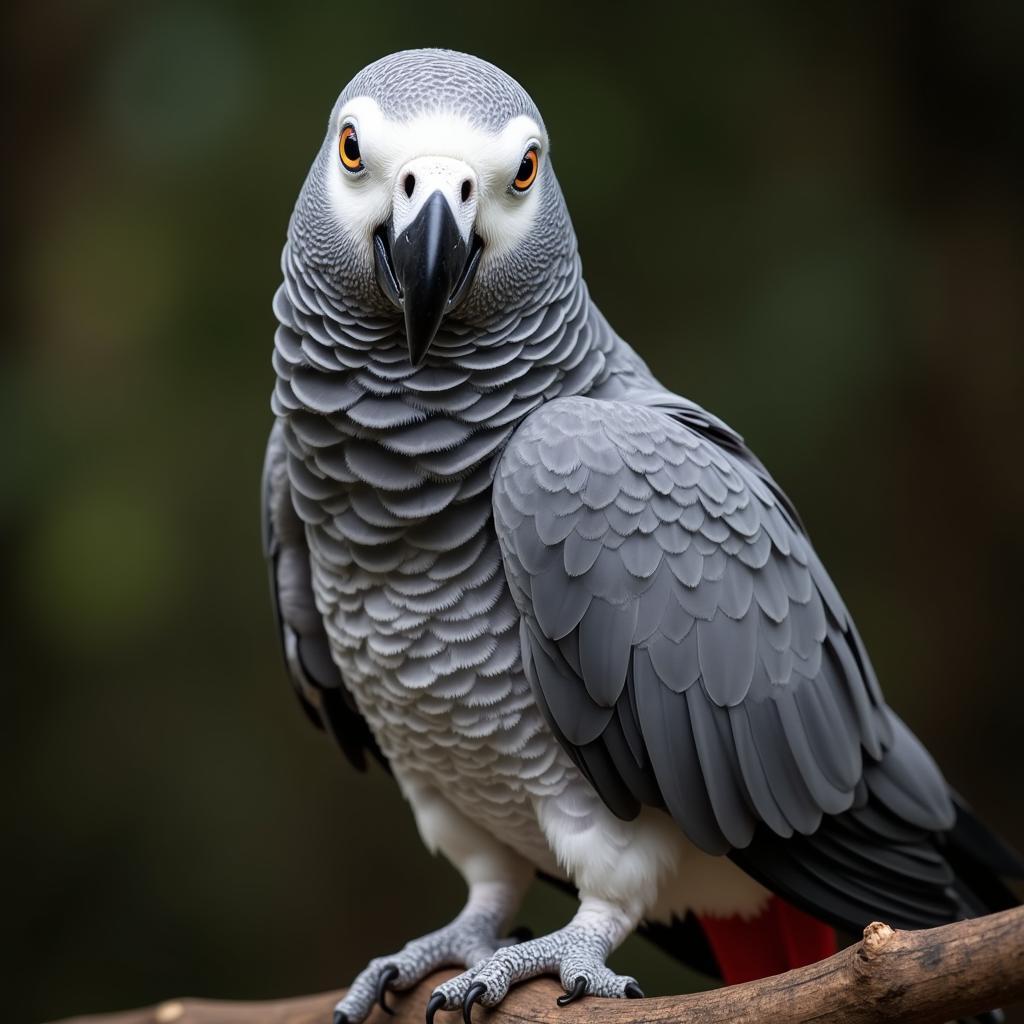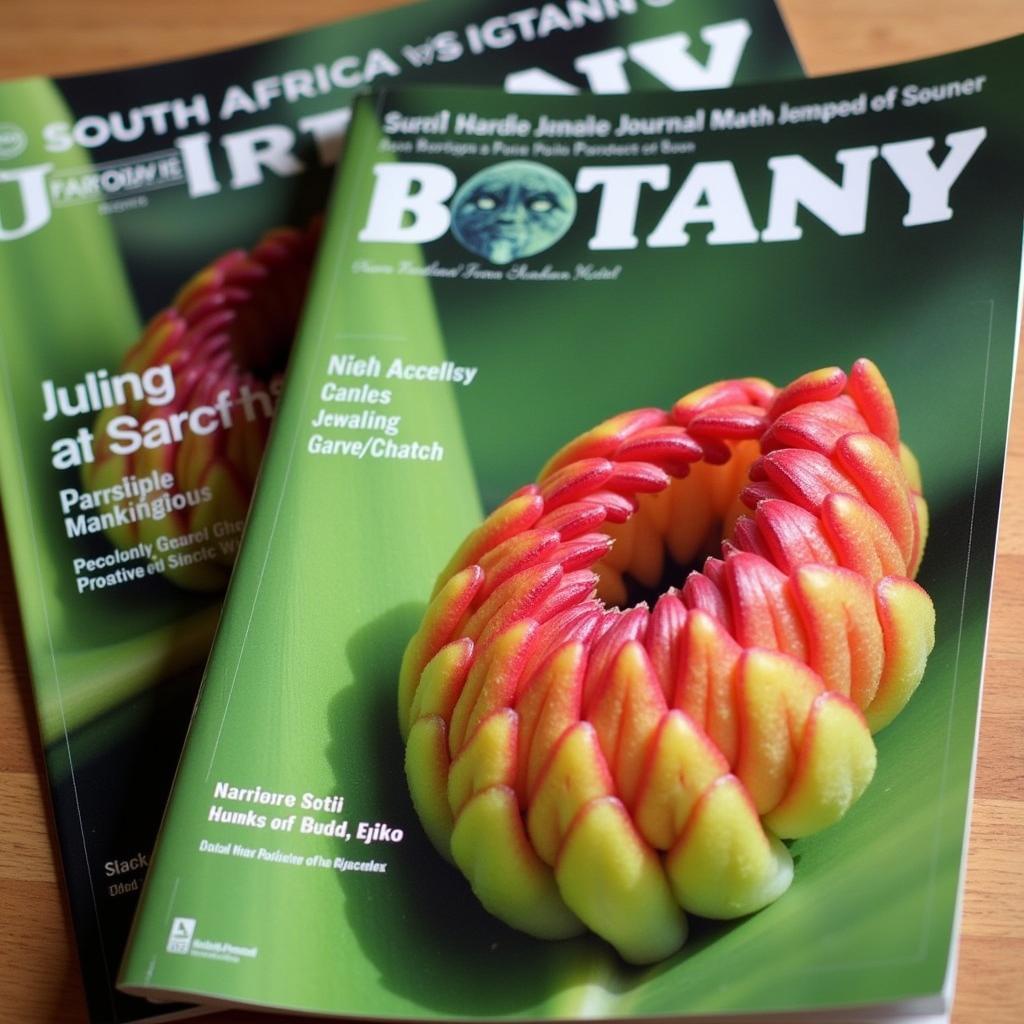Exploring the Vibrant World of African Djembe Rhythms
African Djembe Rhythms are the heartbeat of many West African cultures, echoing through centuries of tradition and celebration. From the bustling marketplaces of Guinea to the serene villages of Mali, the djembe’s distinctive sound is a powerful symbol of community, spirituality, and artistic expression. This article delves into the captivating world of african djembe rhythms, exploring their origins, cultural significance, and the mesmerizing techniques that bring them to life.
Unveiling the History of African Djembe Rhythms
The djembe’s history is deeply intertwined with the Malinke people of West Africa, who are believed to have originated the instrument somewhere between the 12th and 14th centuries. Traditionally carved from a single piece of hardwood and topped with goatskin, the djembe’s unique shape allows for a wide range of tones, from deep bass to sharp slaps. These diverse sounds form the basis of complex rhythmic patterns that communicate stories, express emotions, and accompany dances and rituals. african djembe music Over time, the djembe’s influence has spread beyond West Africa, captivating audiences worldwide and becoming a popular instrument in various musical genres.
The Cultural Significance of the Djembe
The djembe is more than just a drum; it’s a cultural cornerstone, deeply embedded in the social fabric of West African societies. It plays a vital role in ceremonies, festivals, and communal gatherings, acting as a bridge between the past and the present. Different rhythms are associated with specific events and occasions, conveying messages of joy, sorrow, celebration, and remembrance. The djembe is often seen as a symbol of unity and connection, bringing people together through the shared experience of music and rhythm.
Mastering the Art of African Djembe Rhythms
Playing the djembe requires skill, precision, and a deep understanding of the rhythmic intricacies. Three primary sounds form the foundation of djembe music: the bass, the tone, and the slap. The bass is a deep, resonant sound produced by striking the center of the drumhead. The tone is a clear, melodic sound created by hitting the edge of the drumhead. The slap, a sharp, high-pitched sound, is achieved by striking the rim of the drumhead with the palm and fingers. Combining these three sounds in various combinations and patterns gives rise to the mesmerizing and complex rhythms that characterize african djembe music. african djembe sound free download These rhythms are often passed down through generations, preserving the traditions and cultural heritage of the Malinke people.
What are the basic djembe sounds?
The three basic djembe sounds are the bass, the tone, and the slap.
How are african djembe rhythms learned?
Traditionally, djembe rhythms are learned orally and through observation, often passed down through generations within families and communities.
Djembe Rhythms in the Modern World
While rooted in tradition, african djembe rhythms have also found their place in the modern world. african instrumental music upbeat The djembe’s infectious rhythms have infiltrated various musical genres, from world music and jazz to pop and electronic music. Its versatility and unique sound have made it a popular instrument for both professional musicians and amateur enthusiasts alike.
“The djembe is a living, breathing instrument. It connects us to our ancestors and carries the stories of our people.” – Mamady Keïta, renowned djembe master.
Conclusion: The Enduring Legacy of African Djembe Rhythms
African djembe rhythms continue to resonate across cultures, carrying with them a rich history and a vibrant spirit. african drum dice baby From their ancient origins in West Africa to their global presence in contemporary music, these rhythms offer a powerful testament to the enduring power of music and cultural heritage. Exploring the world of african djembe rhythms is a journey into the heart of African culture, a celebration of community, and an experience that transcends language and borders. african drums wallpaper
FAQ
- What is a djembe?
- Where did the djembe originate?
- What are the different sounds produced by a djembe?
- How are djembe rhythms used in West African culture?
- How can I learn to play the djembe?
- What is the significance of the djembe in modern music?
- Are there different types of djembes?
When you need support, please contact us by Phone: +255768904061, Email: kaka.mag@gmail.com Or visit us at: Mbarali DC Mawindi, Kangaga, Tanzania. We have a 24/7 customer support team.



